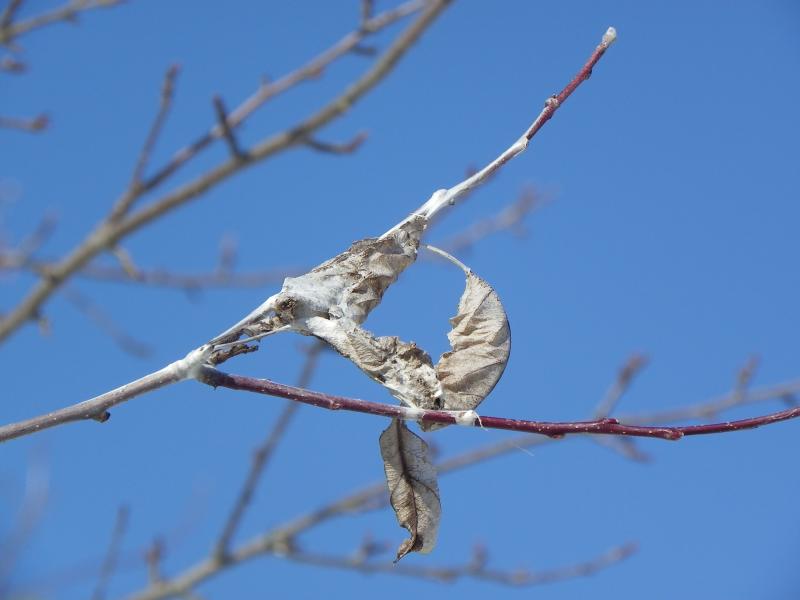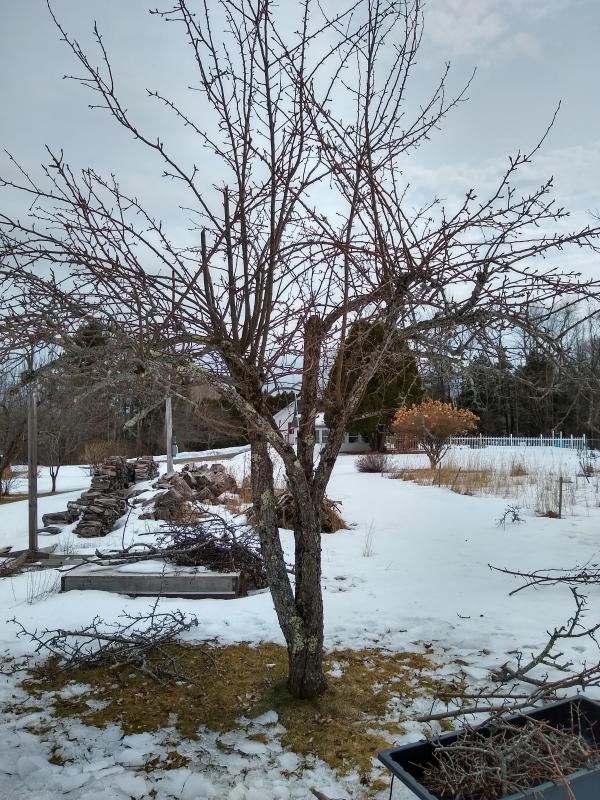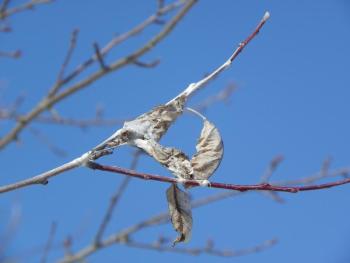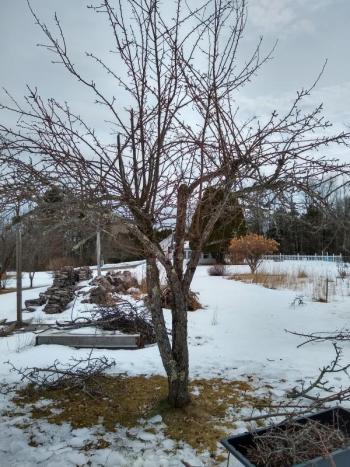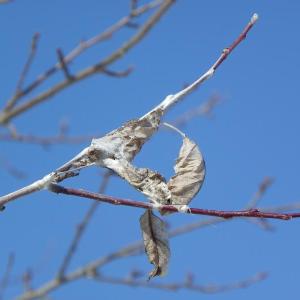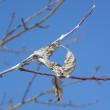Hunting down — and annihilating — brown tail moths in Belfast
You have one week. Possibly not even that long. This is a call to action to all of my neighbors in Belfast and the surrounding area, to get out into your yard and get rid of the Brown-tail moth (BTM) webs that are in the tops of trees and bushes.
Once it warms up enough for the leaves to start budding out, these webs, which may contain from 25 to as many as 400 larvae (caterpillars) will open up and release these ravenous little creatures that can defoliate entire trees.
Most susceptible are oaks, cherry, crabapples and other fruit trees, birch, and some bushes, including lilacs.
The best way to control these critters is to cut the branch they are on and burn or place the web into a bucket of soapy water for a few days.
This year looks to be especially bad for the Belfast and Waldo County area.
Last year I pruned out about 60 of these webs from my yard of five crabapples and three pear trees. This year I pruned over 250.
I have noticed on many of my morning walks that there are many of these webs present yet in our trees.
They can be found on nearly every street and road in and around Belfast. I made a short list that has been shared with Norm Poirier of the Belfast Parks and Rec. Dept. who will be sending out a crew to spray some of the caterpillars as they leave their webs.
Spraying isn't the best way to control these as you always risk killing off your beneficial insects as well. But Norm can only take care of those places that are on city owned property.
The rest of us are responsible for our own yards.
There are, thankfully, some local arborists who are willing to come and take care of these for you. A friend of mine hired Graham Burford of Arbor Cycle, who ascended his tall oaks. Also I saw a sign for Hawkes Tree Service who will take care of Browntail moth webs.
I am sure there are others.
Contact them as soon as you can if you have BTM in your yard.
Of course, the danger of these caterpillars is not just to the trees.
The Maine state Division of Disease Surveillance website states: The browntail moth caterpillar has tiny poisonous hairs that cause dermatitis similar to poison ivy on sensitive individuals. People may develop dermatitis from direct contact with the caterpillar or indirectly from contact with airborne hairs. The hairs become airborne from either being dislodged from the living or dead caterpillar or they come from cast skins with the caterpillar molts. Most people affected by the hairs develop a localized rash that will last for a few hours up to several days but on some sensitive individuals the rash can be severe and last for several weeks. The rash results from both a chemical reaction to a toxin in the hairs and a physical irritation as the barbed hairs become embedded in the skin. Respiratory distress from inhaling the hairs can be serious. Caterpillars are active from April to late June. Hairs remain toxic throughout the summer but get washed into the soil and are less of a problem over time.
I like to take my walks through town but I know that in the coming weeks and even into summer, I will need to be careful when I am walking under trees that may have these caterpillars in them.
For all who walk the streets of Belfast, make sure you wear a broad brimmed hat or a hood.
Wearing masks, as we have been doing for the past year may also be helpful to keep from breathing in the tiny hairs these critters shed.
I've had the rash, and believe me, you don't want to get it. Let's do our part, for the sake of our beautiful trees and for the health of all in our community.
Joel Krueger lives in Belfast
Event Date
Address
United States

